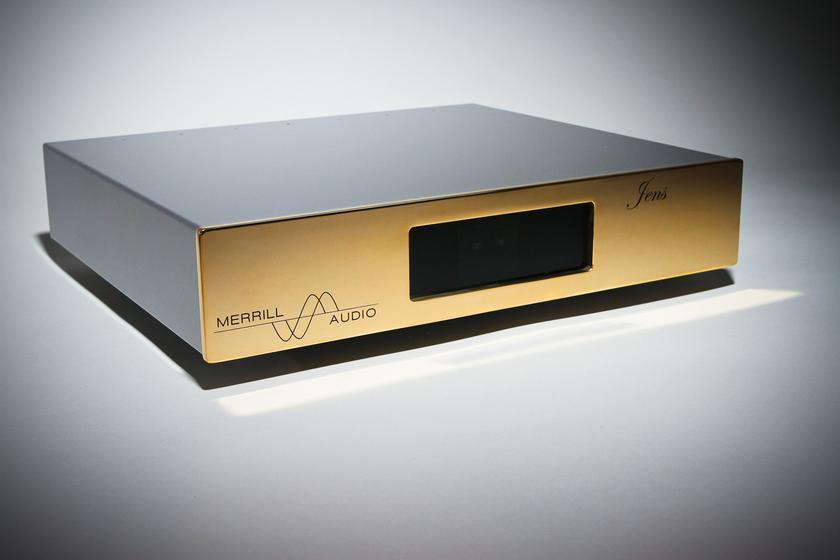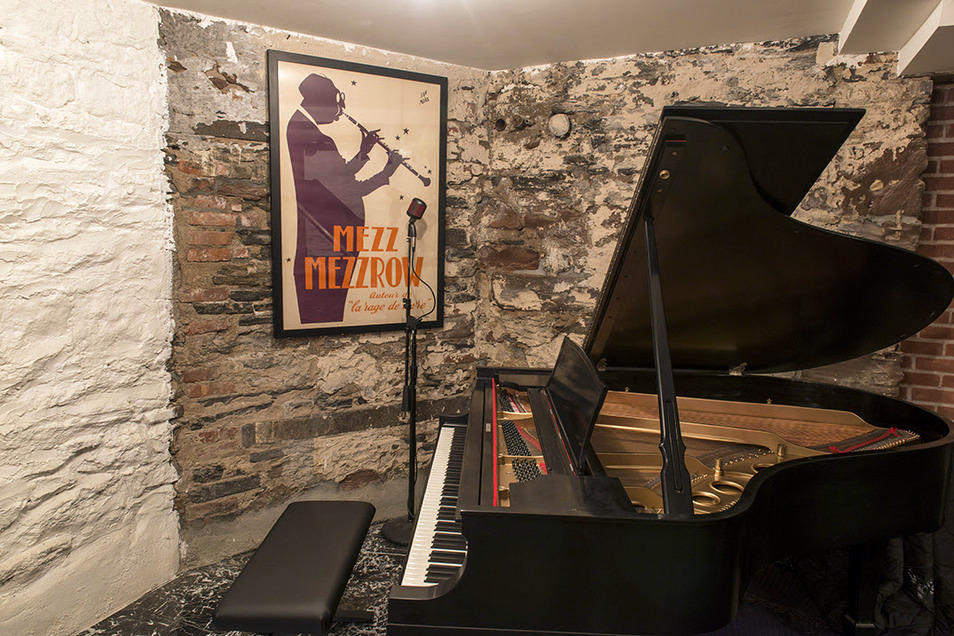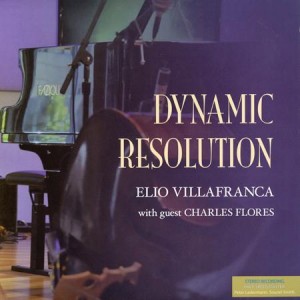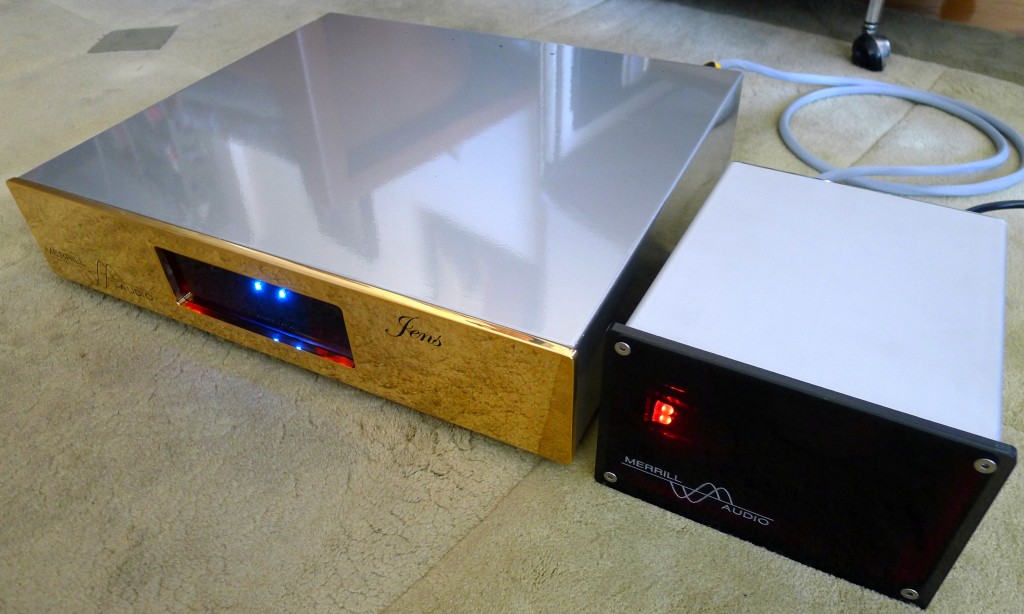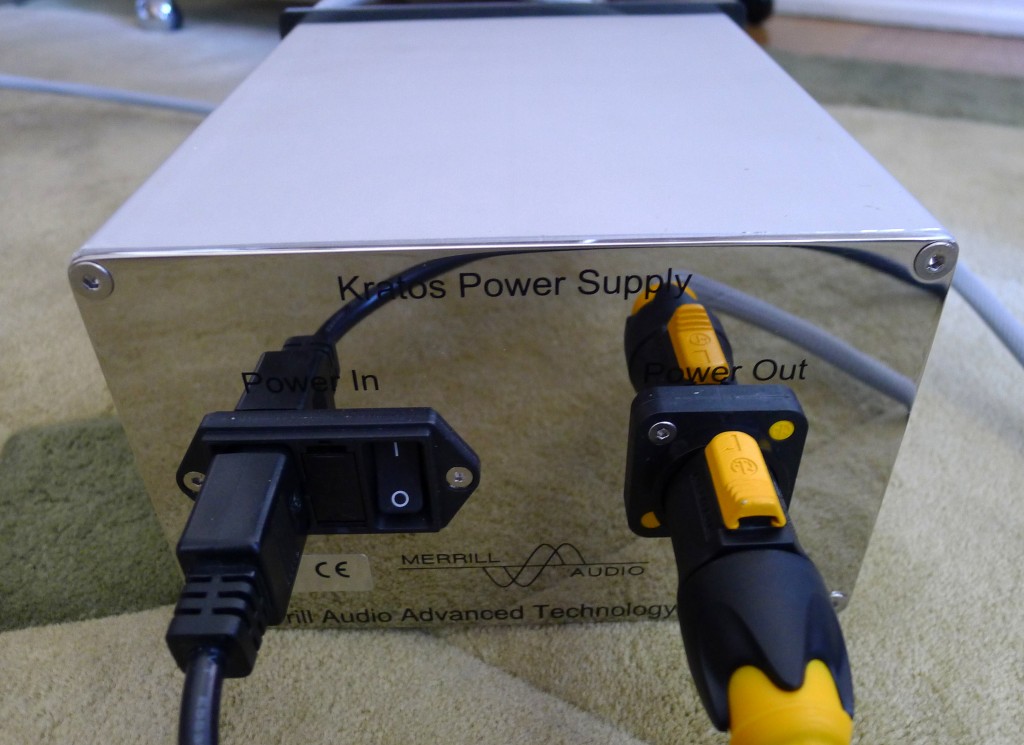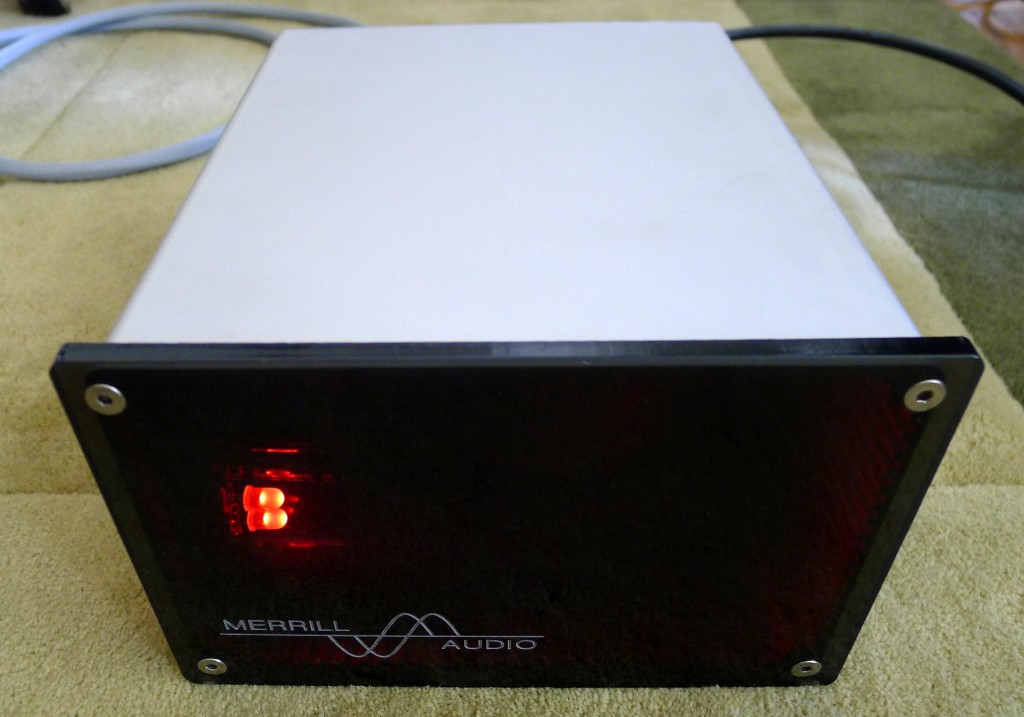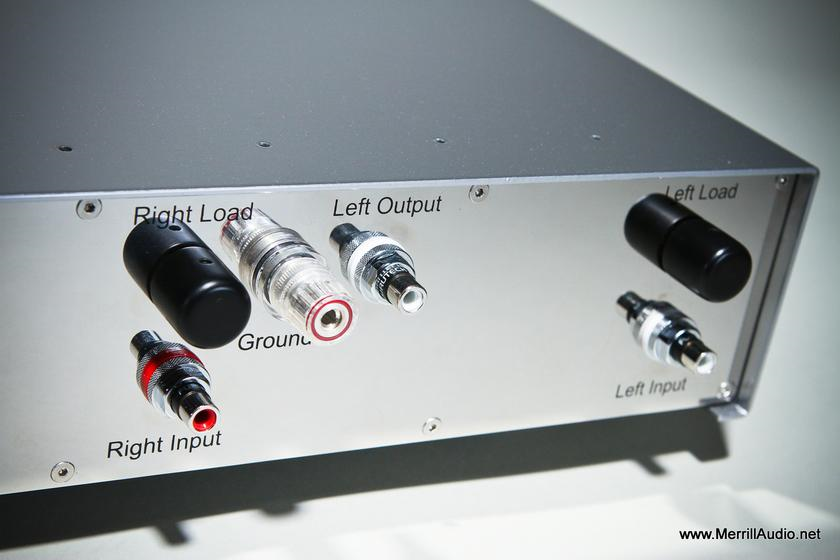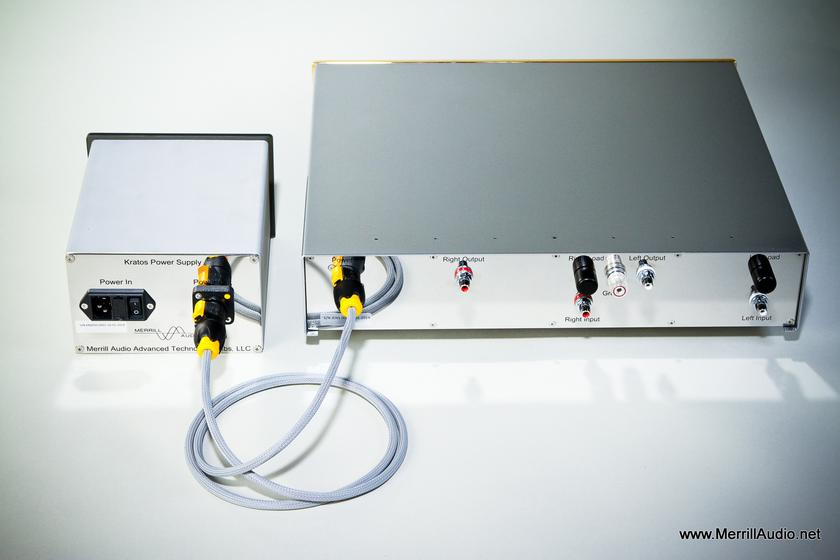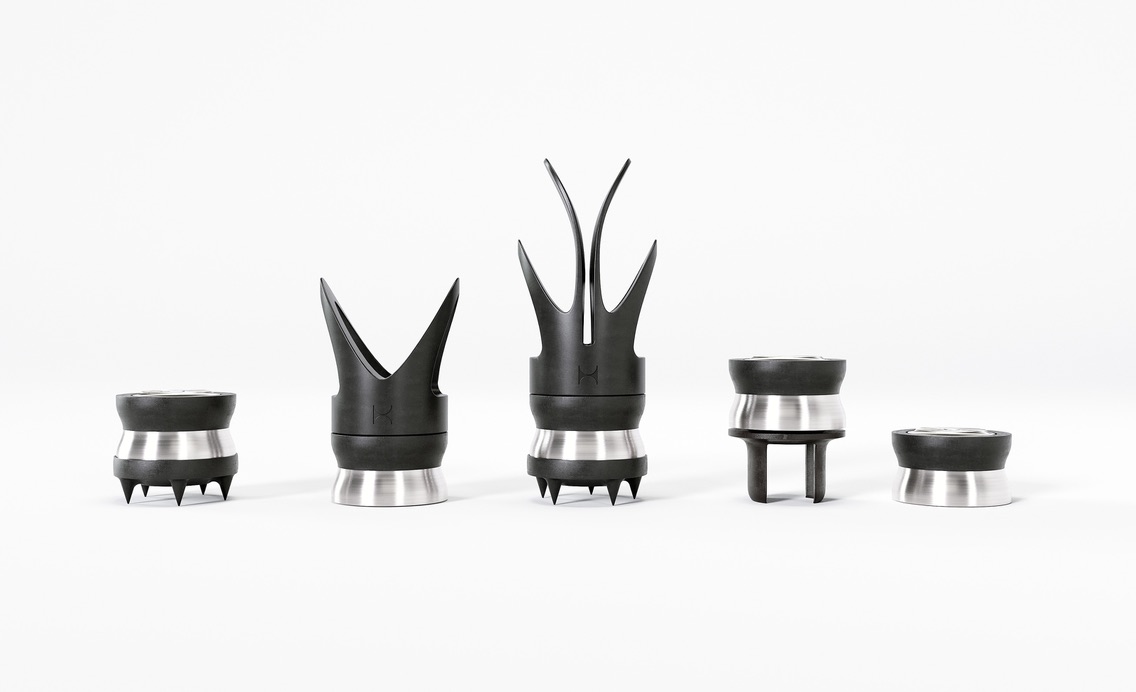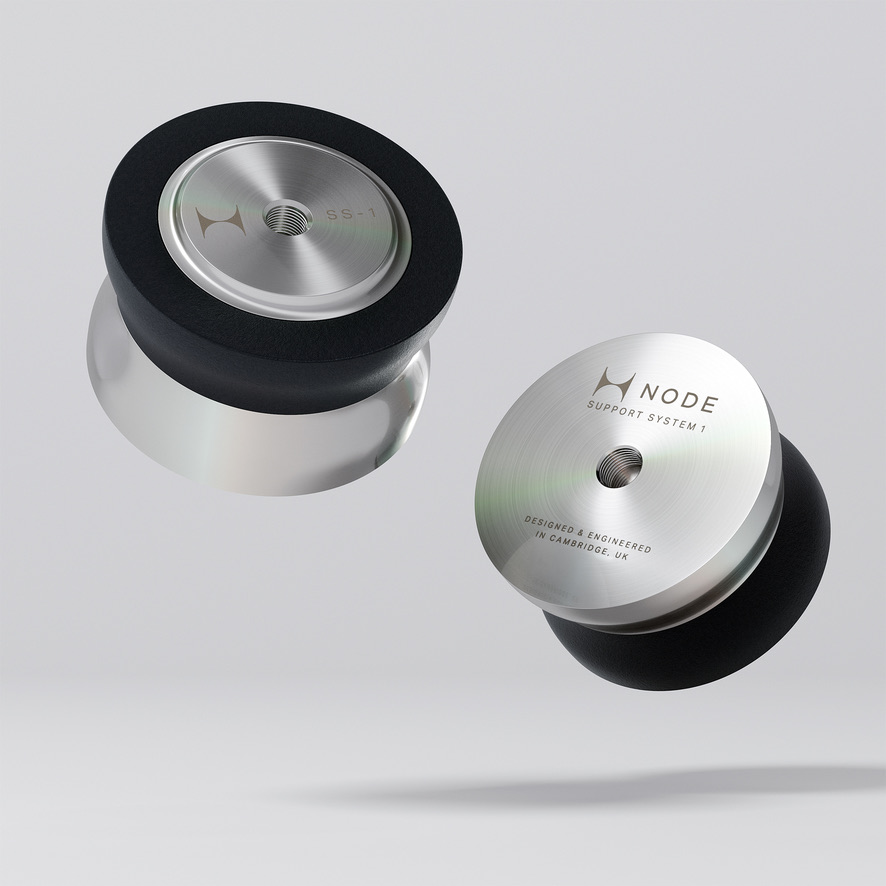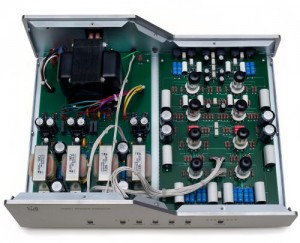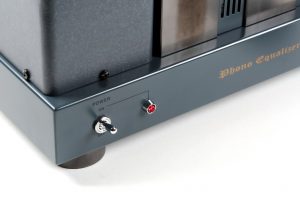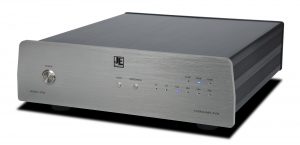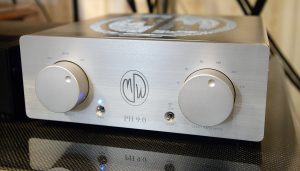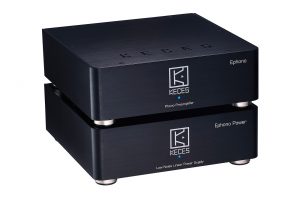"I don't recall the name. It's a new product distributed by Merrill Audio of New Jersey." We were just starting a session when Jonathan, one of my regulars, mentioned a phono stage he heard at a meeting of The Audiophile Society in NYC.
"It's certainly high-res. It seemed to retrieve a lot more back-of-orchestra instrumental detail, but I couldn't really tell about the overall tone. I would be most interested to hear it in your system." Nack Labs is an accredited proving ground, you know.
Lady Luck Smiles
Lady Luck must have smiled just then. I soon got an email from my editor asking if I'd be interested in reviewing a new phono stage, the Jens, distributed by Merrill Audio. Based on Jonathan's mention, I quickly replied in the affirmative. Lady Luck had a messenger in this case—thanks Jonathan.
The Color of Sound
Can you predict how a component will sound based on its looks? What? No, I'm not suggesting you can tweak the sound by slipping on alternate outer covers. Rather, it's the other way around: there's a good chance the designer's choice of casework reflects how he voiced the component.
When you look around at most components on the market, some combination of neutral rules the turf, either anodized silver or black aluminum. Then take a look at the Jens. That burnished, 24k gold-plated, polished aluminum faceplate sets it apart—and it just happens to jive completely with how the unit sounds.
First Impressions: Dynamics and Tone
Merrill Audio sent over a unit with 100 hours on it. A quick listen at that point did not bode well. "Oh, this is going to be a chore," I thought. He did say it would need more time. I gave it another 72 hours. Then I heard something worth taking note of.
The advance word on the Jens cited information retrieval. Yes, it dredges up a huge helping of information. But, damn, even more impressive is its dynamic range—this thing is like a thoroughbred out of the gate. The Jens ramps up from 0 to 60 in no time at all and then proceeds past 80. Dynamic range is so wide and happens so fast I kind of miss the trotting canter of other units. And nothing was said about its marvelous tone, which is decidedly tube-like. (Mind you, this is a solid-state unit.)
My reference for acoustic jazz has been in flux lately due to the discovery of a pair of venues in the West Village. Last Friday night we made our first sortie to Mezzrow, a new club from the proprietor of Smalls and located just down the street. Mezzrow is even smaller than Smalls. It seats about 35 patrons, with additional standing room and a bar area at the entrance of the long, narrow space.
We were seated maybe ten feet from Jonny King on piano, Vincent Herring on saxophone and David Williams on bass. I tell you, it was big, it was loud, and it was luscious. When Mr. Herring let loose with occasional punishing blasts on his tenor, you really felt its power, borderline unpleasant, and just shy of room overload. And throughout, it was intensely intimate. Ah, such delights!
The stone walls of this basement space enclose the sound so none escapes. The double bass needs a boost for balancing purposes, but that's it. The piano and sax were au naturel—there is no need to amplify instruments in a club of this size. I applaud the proprietors' policy of minimal amplification.
I had thought Smalls the best acoustic jazz venue in town; Mezzrow ups the ante, albeit for trios and smaller ensembles.
The next evening, I'm back home in Nack Labs listening to "The Playful Side of You" from Dynamic Resolution, a top LP in my rotation (16 eyes LP 001). This is a newly recorded, direct to disk, half-speed mastered LP. According to the liner notes, four microphones were used straight to the mixer with no intervening amplification. The program consists of duets for piano and upright bass, and both musicians are accomplished jazz artists with serious classical training in their résumés.
With the Jens handling phono preamp duties, the true-to-life sound on this purist recording comes close. As delivered through a front-end consisting of the Kronos Sparta with Air Tight PC1s cartridge→Jens Phono Stage→CH Precision L1 line stage→Audionet MAX monoblocks, it's not that far from the Mezzrow experience.
The Color of Sound
Returning to the 24k gold-plated faceplate and the color of sound, I had good reason to entertain the notion of a linkage between the cosmetics and the sound. With a frequency balance that is a little heavy in the lower registers and a lyrical, warm voice bundled in a burnished, golden glow, the Jens is perfect for delivering the power and weight of these instruments. The Jens imbued the double bass with warmth, resonance and plenty of heft. That said, it's not loose and you can plainly hear note values and follow the nimble bassist. The extreme resolution picked up his distracting habit of sub-vocalizing as he plays—I hadn't caught that before. At one point there is an interesting call and response between plucked piano strings and pizzicato bass. It took a while to figure out how this was done: the pianist must have reached inside the case and plucked on the strings. Again, this wasn't noticed before.
Comparatively speaking, attacks are fast and straight-edged, yet manage to feel soft; they don't hammer you. How that is accomplished I don't know. And decays are longer than I'm used to. When the damping pedal of the piano is not engaged, the note trail seems to go on forever. Timbre is well developed and the Jens connects the notes in a flowing stream.
It even provides some of Mezzrow's intimacy. One of my panel-mates with a fondness for 300B tube amps picked up on a sense of real players interacting on a stage. This solid-state phono creates a space that feels populated and conveys some of the emotion similar to what he gets from his favored amps. There is no noise to speak of, yet, thankfully, the Jens avoids those artificial "deep black backgrounds" that only audiophiles talk about.
The Jens Effect
So far, I've only hinted at its dynamics. There is something in the circuit enabling massive crescendos greater than any phono stage I've had in lately. When you couple vast dynamic range with the weighty tonal balance and large image size, you get cresting wave fronts that are really massive. Importantly, these macro peaks stay open and composed; the unit is not stressed even at full crescendo. Something extraordinary is going on here.
Time and again, when I put the Jens in stream, people stopped what they were doing and paid attention. This phenomenon was repeatable and I dubbed it the "The Jens Effect." It creates excitement without being ostentatious.
Associated Equipment
The Jens had the benefit of my Vibraplane ELpF active air support. Normally I reserve the ELpF isolation platform for components with moving mechanisms, such as the LP turntable or CD drive. However, since the Kronos Sparta turntable became my reference, an ELpF has been freed up. The Sparta is fully suspended and has a distinct aversion to an outboard, secondary suspension—it would only compromise the built-in one, which is integral to the design.
This is the second phono preamp energized by the ELpF platform. (The other was the Audionet PAM G2.) In both cases, the phono stage came down with a bad case of "the mores"—more density, clarity, and power. The ELpF imparted fullness to the bass, rounding to the treble, and dimension to the images; you hear more deeply into the performance with the ELpF. Clearly, when time allows, I need to revisit the ELpF and its deployment.
Kubala•Sosna Elation! single-ended interconnects and power cords were used exclusively, connected into one of the new XPander Power Distributors.
Cosmetics
As I mentioned, the 24k gold-plated, polished aluminum front panel lends the Jens a luxurious appeal. General construction, however, is more workmanlike, on par for this price point. The back panel is a mirror-finished stainless steel plate, with the whole unit housed in a steel chassis to limit any EMI/RFI interference. Very high-quality parts are used throughout: the RCAs are copper with rhodium plating, sourced from Furutech; only silver-plated, pure copper wires with Teflon sleeving are used in the circuit; and the built-in spikes are from Stillpoints.
There is also a small external power supply housed in a metallic gray aluminum box that connects with a single, locking umbilical. The power supply front panel is translucent black Plexiglas. The Jens was developed over a seven year period and each unit is built by hand.
Caveat Emptor
There are a couple of things to keep in mind. First, the Jens is single-ended and supports RCA In/Out only—no balanced connections.
Second, this is a dedicated moving coil (MC) phono amplifier with fixed gain set at 70 dB. That's fine for my Air Tight PC1s medium output MC with .5 mv output, but not suitable for very low or high MCs. Third, loading is set with two adjustment knobs, one for each channel, from 25 ohms to 5 kilo ohms. The knobs only have detents and no markings. I had to count the detents extra carefully to make sure they were matching on both sides. Why not print the values next to the detents?
Conclusion
The advance word on the Merrill Audio Jens Phono Stage highlighted resolution. Yes, it is a real groove plunger, digging in as deep as the best units I've spent time with. But I am more impressed by its dynamics, and even more by its musical qualities.
Combine outstanding resolution and dynamics with warmth, liquidity, flow and ease, and you get "The Jens Effect." People stopped what they were doing and paid attention when I put the Jens in-stream.
The Merrill Audio Jens Phono Stage is an exciting newcomer on the block—and the one to beat in the $15K neighborhood. If you're shopping at that price point, this is a must audition component.
Jens Phono Stage
Retail: $15,449
Merrill Audio Advanced Technology Labs
www.merrillaudio.net





